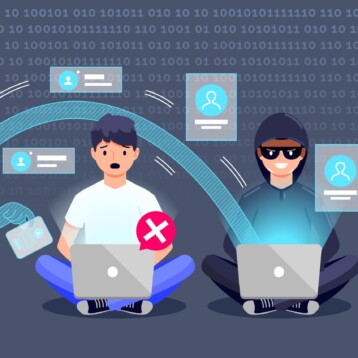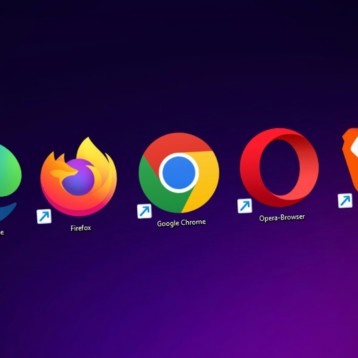
Image by mohamed Hassan from Pixabay
Cybercrime involving websites continue to cause great losses to both individuals and organizations today. Although there are many legitimate ones out there, domains registered and used for illicit purposes abound as well.
In fact, numerous malicious websites related to phishing, malware, and spamming attacks are set up every single day. Threat actors know that they can quickly register a site, carry out their foul deeds, and vanish without a trace.
That is why there is a need to protect users and assets from harmful domains as soon as they are registered. Monitoring domain reputation is seen as a viable approach but it does come with its own challenges.
Traditional Domain Reputation Challenges
At present, we have systems that utilize both automated and manual methods to assign risk scores to websites. Doing so has allowed these applications to play an essential role in counteracting cybercrime and prevent losses.
However, a common trait among existing reputation scoring systems nowadays is that they are dependent on the detection of malicious or suspicious activities that are related to domains. These programs only start assigning risk scores after observing traffic regarded as dangerous. Consequently, this means that there is always at least one or more victims falling prey to a flagged domain prior to it being categorized as a threat vector. This delay needs to be minimized to reduce the damage caused by newly registered malicious domains.
That is why there is a dire need for a predictive system that can be configured to quickly identify, categorize, and address such domains. This tool can make use of domain and registrant database records in real-time. It should thus employ advanced algorithms to flag harmful domains before they can even start wreaking havoc. This is where a reliable domain reputation API comes in.
How a Domain Reputation API Can Calculate Even Potential Risks
A domain reputation API uses software algorithms to predictively allocate risk scores to the Internet domains in its entire database. This resulting reputation score is based on several components. These are:
- The content of a website and its connection to other domains as well as its host configuration
- SSL certificates, SSL connections made by, and the configuration of a target domain
- DNX MX records configuration and their corresponding mail servers
- WHOIS data of the domain
- Name server configuration
- The infrastructure of a domain’s IP address
- Results of a reverse IP lookup
- Whether the domain is considered high-risk according to malware data feeds connected to the tool
By analyzing and combining the data acquired on these aspects, the API can provide a scoring range of 0 up to 100. The lower the output, the riskier accessing a domain can be. A domain reputation API is primarily designed for three uses:
- Network defense: The scoring system can be used as a reference for firewall or other intrusion prevention system solutions so these can effectively block traffic coming from high-risk domains.
- Connection verification: Prior to accessing any domain, which is quite common when conducting e-commerce transactions, you can manually evaluate it for risks first. You can use a domain reputation API to generate a risk score and avoid becoming a fraud victim.
- Incident response: Cybersecurity forensics teams can review numerous domains at one time to gauge if these pose risks. This would allow them to prioritize what needs a further look.
—-
A Domain Reputation API is an automated and scalable solution for companies looking to assess risks connected to a domain prior to purchasing or accessing them. Using its predictive approach as part of their threat defense, organizations can minimize their exposure to dangerous domains on a daily basis.










